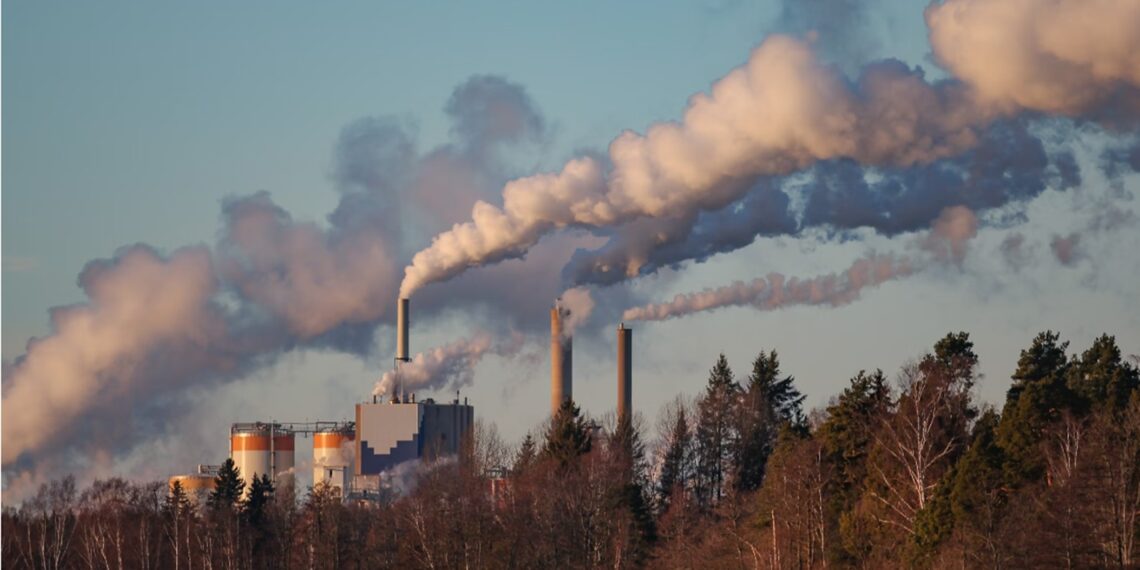As winter descends, both India and China grapple with the significant issue of severe air pollution engulfing their major cities.
However, while China has made significant developments in addressing the problem, India continues to contend with hazardous levels of pollution, particularly in the North.
In recent years, China has successfully battled the once-pervasive air pollution that plagued cities such as Beijing and industrial centres across the country.
On the other hand, vast areas of northern India grapple with deteriorating air quality during winter, exacerbated by temperature drops, stagnant winds, and the widespread practice of agricultural burning.
Data from air-quality tracker IQAir reveals a stark contrast.
In the 30 days leading up to November 9, levels of PM2.5 particles, a hazardous micropollutant, averaged 14 times higher in New Delhi than in Beijing.
Outside the capitals, the disparity is even more pronounced, with 65 of the 100 most polluted cities last year located in India, compared to China’s 16, according to IQAir.
This represents a significant shift from previous years when China dominated the list of the world’s most polluted cities.
In 2017, about three-quarters of IQAir’s tally featured Chinese cities, while only 17 were in India.
Despite the alarming levels of pollution in India, the issue is noticeably absent from the country’s climate and environmental agendas, both domestically and on the global stage.
As the nation gears up for the general election, the pollution crisis remains on the periphery of public discourse.
The consequences of India’s pollution crisis extend beyond public health, impacting the nation’s burgeoning economy.
A World Bank report from June estimated that the annual increase in fine particle pollution shaves off 0.56% points from India’s GDP growth each year, attributing the decline to reduced worker productivity and capital formation.
Furthermore, air pollution in India adversely affects various business assets, including solar panels, electronic circuitry, and agricultural yields, as highlighted in a 2021 report commissioned by the Clean Air Fund.
As India grapples with this multifaceted challenge, the need for comprehensive and urgent measures to address air quality becomes increasingly apparent on both a national and international scale.















